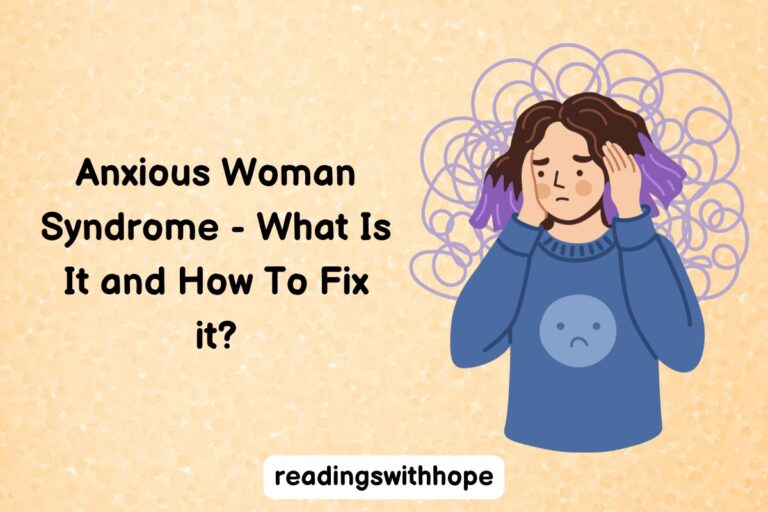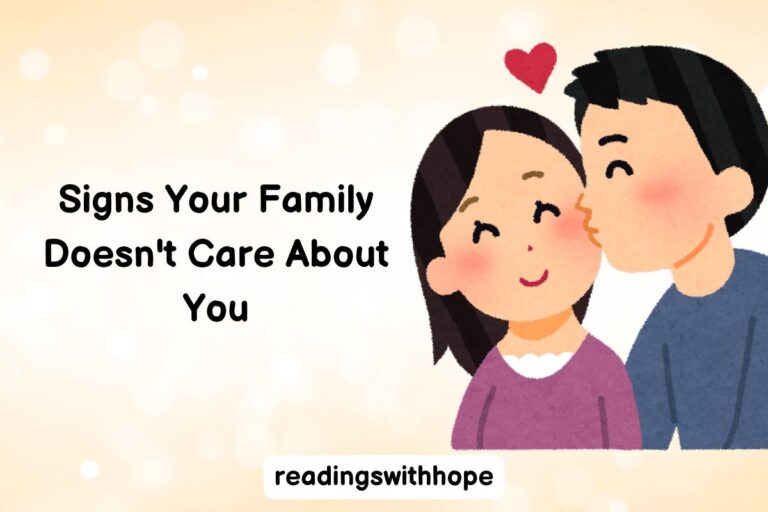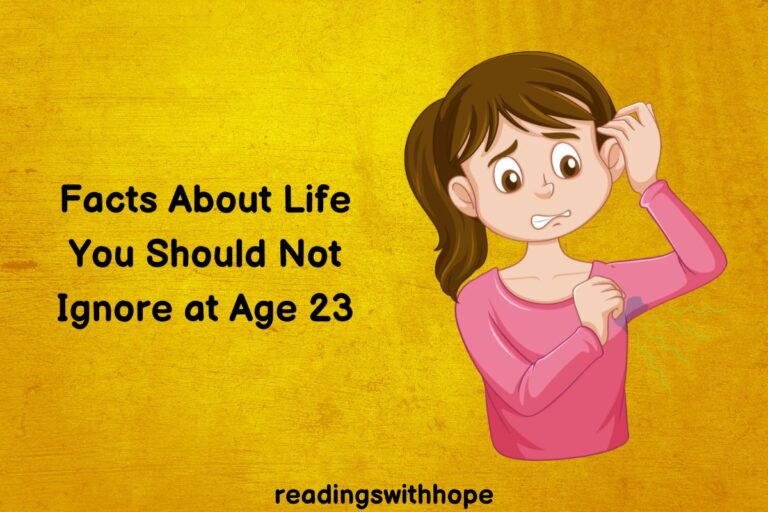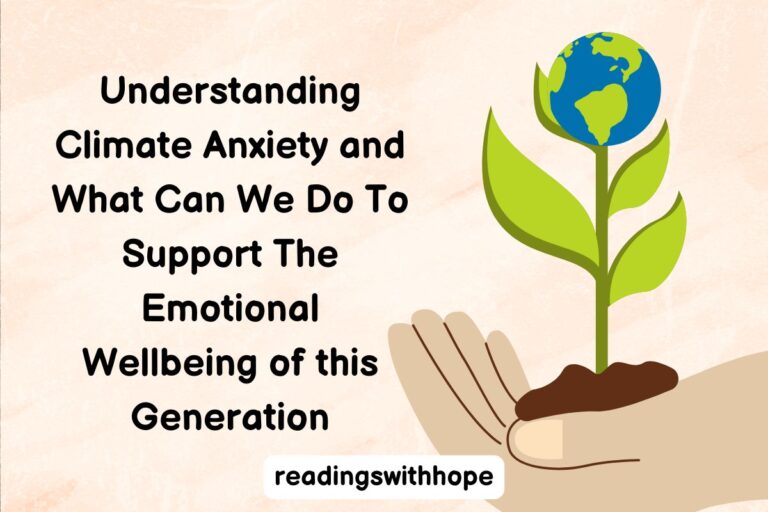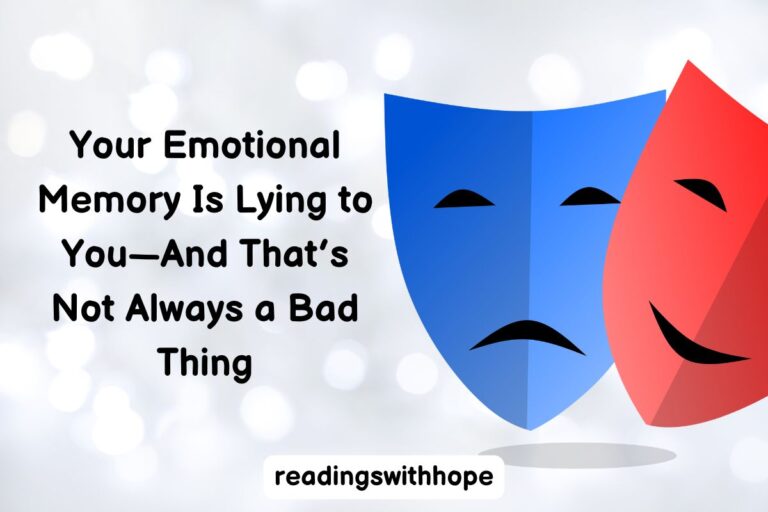How Instagram May Be Hijacking Your Emotional Brain (Without You Noticing)
We don’t usually think of Instagram as a psychological operator—but it absolutely is. And not in a subtle way either.
It’s rewiring how our brains respond to attention, reward, and even love. What fascinates me most is that it doesn’t need to do anything overtly manipulative.
The way it’s structured—scrollable feeds, the like button, disappearing stories—already taps deep into our brain’s evolved systems for social bonding and emotional regulation.
This isn’t just affecting mood or screen time—it’s creating cracks in how we form identities and manage relationships.
And the most unsettling part?
We often feel the effects long before we realize what’s driving them. If you’re seeing more clients struggling with validation spirals, romantic insecurity, or feeling like their sense of self is foggy and fractured, trust me—this platform is playing a bigger role than we’re giving it credit for.
Let’s talk about how it pulls this off.
Why Instagram Feels So Addictive (and What It’s Doing to Us)
The reward system never stood a chance
At the core of this is how Instagram plugs directly into our mesolimbic dopamine pathway, particularly the ventral tegmental area (VTA) and the nucleus accumbens.
You don’t need to be a neuroscientist to recognize the pattern: every time you post and wait for likes, your brain interprets that anticipation as potential social reward. And if the likes come in fast? Dopamine release.
What’s more, Instagram uses intermittent reinforcement, the same mechanism that makes slot machines addictive. Likes don’t show up all at once—they trickle in, unpredictably. Some posts get tons of engagement, others flop, and we never know why. That variable feedback schedule has been shown to make behaviors harder to extinguish, even when they’re not that rewarding anymore.
It’s not just dopamine we’re dealing with. fMRI studies show social acceptance activates the same regions as monetary reward, and social rejection lights up the anterior cingulate cortex—the area linked to physical pain. So when someone doesn’t respond to our story, or we get fewer likes than expected, the sting is literally real.
Instagram hijacks this loop, over and over.
Emotional self-regulation becomes outsourced
Now, here’s where it starts to really affect emotional resilience. Our brains are designed to co-regulate in physical relationships: tone of voice, eye contact, touch, presence. But Instagram strips that away and replaces it with metrics—likes, DMs, view counts.
So what happens? Validation becomes externalized. I’ve seen this again and again in clients: their sense of emotional stability starts depending on digital reactions. They’re not thinking, “I felt grounded today because I connected with someone.” It’s more like, “My post flopped—what’s wrong with me?”
When self-worth becomes tethered to those numbers, emotion regulation goes out the window. I’ve seen people in full spirals because their crush didn’t watch their story. And it’s not just teens—this shows up in adults, in professionals, in people who are otherwise grounded.
Instagram’s structure encourages this outsourcing of emotional processing to the platform’s feedback loop. That’s not a bug. That’s design.
The quiet slide into compulsive checking
It’s easy to forget that Instagram isn’t passive. It’s hyper-responsive. Open the app, and you’re flooded with unread messages, red dots, and view counters. Every single one of these is a “digital affordance”—a designed cue meant to provoke action.
We now know that habitual checking behavior doesn’t always stem from conscious intention. A 2022 study out of the University of Toronto found that compulsive platform use is frequently triggered by micro-moments of boredom or emotional discomfort, not desire for content. Think: post-meeting, mid-commute, lying in bed.
Instagram is brilliant at offering fast resolution for vague unease—even if it ultimately leaves users more anxious. The check becomes a ritual, and the absence of checking becomes uncomfortable.
I had a client who would open Instagram every time her anxiety rose even slightly—after sending an email, leaving a social event, or seeing someone else laugh in a group. She didn’t realize she was using the app as a kind of emotional barometer.
And Instagram never said, “Use me for that.” It just made sure it was always there when she needed it.
What happens to self-worth when the mirror is always distorted?
Here’s the kicker: when we’re constantly exposed to idealized versions of other people’s lives, it rewires how we see ourselves. Not in a “comparison is bad” sort of way—this goes deeper.
We’re looking at algorithmically curated mirrors. And those mirrors say: “Your worth is your aesthetic. Your relevance is your visibility. Your confidence should come from applause.”
This distorts authentic self-assessment. I’ve worked with artists who stopped painting because their posts weren’t performing. With therapists who began doubting their professional voice because their peers seemed more “engaging” online.
There’s even research from France showing a measurable decrease in self-concept clarity correlated with frequent Instagram use. People literally become fuzzier about who they are.
That’s a frighteningly powerful outcome for an app that’s just “sharing pictures,” right?
A summary list of what’s going on under the hood
Here are some key psychological and neurobiological mechanisms Instagram leverages—knowingly or not:
- Dopamine-driven reward seeking: Each like or comment triggers the brain’s reward circuitry, reinforcing the need to post and check.
- Intermittent reinforcement schedules: Likes arrive sporadically, making behavior harder to extinguish.
- Emotion outsourcing: People begin to rely on digital approval for emotional grounding.
- Social pain response: Lack of interaction or perceived rejection triggers the same brain areas as physical pain.
- Idealized comparison: Users compare themselves to algorithm-boosted content, harming self-worth.
- Attention hijacking: Notifications and red badges provoke near-involuntary engagement loops.
- Erosion of self-concept: Over time, identity becomes shaped by how it’s perceived rather than how it’s lived.
These aren’t just isolated effects—they’re compounding. And they’re why Instagram’s influence on the emotional brain deserves way more critical attention than it’s currently getting.
How It Creates Relationship Anxiety and Messes With Our Sense of Self
This is where things get really personal—and really tricky. It’s not just that Instagram’s structure messes with our reward circuits. It also rewires how we relate to other people and even how we understand who we are.
I’ve had conversations with folks who were totally self-assured in their offline lives—people in solid relationships, grounded in their values—who still felt themselves spiraling into insecurity because of something as small as an unacknowledged DM or their partner liking someone else’s photo.
This isn’t superficial. It’s deeply relational. And Instagram knows exactly how to keep us leaning into that tension.
Always watching, always being watched
Instagram has turned daily life into a performance. Whether we’re posting or not, there’s an ambient pressure to be visible, curated, and subtly approved of. That changes how we move through the world.
In attachment terms, it fractures felt security. Instead of trusting in the stability of our close relationships, we’re pulled into constant relational monitoring.
Did they like my story?
Why didn’t they reply to my message when I can see they were active?
Who is that person they keep tagging?
These aren’t just “jealousy issues.” They’re platform-fueled relational distortions. The app offers constant micro-data about people we care about—and we start decoding that data like it’s emotionally meaningful.
And to be fair, sometimes it is. That unpredictability makes it even harder to ignore.
The erosion of boundaries
What I’ve seen in both clients and colleagues is a growing difficulty in drawing clean emotional boundaries online. Because Instagram encourages disclosure and aesthetic intimacy, it creates a strange fusion of public vulnerability and private insecurity.
We feel like we should share more. Or we should post in certain ways. And when others don’t engage how we hoped, we feel rejected—not just as users, but as selves.
Even healthy relationships aren’t immune. Instagram has become a space where couples argue over digital silence, micro-flirting, or inconsistent tagging.
The conflict isn’t just about content—it’s about what that content is perceived to signal.
And that makes sense neurologically. The brain doesn’t distinguish cleanly between online and offline social cues. If your partner laughed at someone’s story and not yours? That registers in your limbic system—regardless of context.
Identity instability—slow and sneaky
Here’s the wild part: people don’t always realize their sense of self is destabilizing. It creeps in.
You tweak a caption, crop a photo differently, untag yourself in something unflattering. All fine. But over time, those adjustments stop being about creative control and start becoming about safety. Safety from judgment, from misinterpretation, from invisibility.
We start thinking things like:
“If I don’t post it, it didn’t happen.”
“If people didn’t respond, maybe I’m not as funny/kind/attractive as I thought.”
That’s not just a self-esteem wobble. That’s identity scaffolding collapse.
And we know from research (especially on adolescent and emerging adult populations) that platforms like Instagram delay identity consolidation by constantly feeding curated, comparative, and socially gamified versions of self.
So instead of building identity through lived experience and reflection, we end up building it through filtered feedback. Which is always unstable.
Let’s zoom in on the specifics
Here’s a breakdown of how Instagram triggers anxiety and identity confusion in everyday use:
- Comparative scanning: Scrolling becomes a ritual of upward comparison. You’re not just catching up—you’re sizing up.
- Discrepancy exposure: Seeing others’ curated lives increases awareness of what we lack, not what we value.
- Approval algorithms: The platform gives more visibility to “high-performing” identities, making others seem irrelevant by comparison.
- Disembodied connection: You interact with people’s projections, not their full selves—yet react emotionally as if they’re real.
- Relational ambiguity: The meaning of a like, a comment, a tag? Totally open to interpretation, and often misunderstood.
- Chronic vigilance: Keeping up with “what they’re doing,” “what they posted,” or “why they didn’t reply” breeds anxiety.
- Conflicted expression: You want to be authentic—but you also want to be liked. That tension eats away at self-trust.
The result is a mind that’s constantly calibrating, decoding, adjusting—and never fully resting. That’s a dangerous place to build relationships or identity from.
What Can Actually Help (Without Just Logging Off Forever)
Now that we’ve unpacked the mess, let’s talk about what we can do with it. And no, I’m not going to tell anyone to “just delete the app.” That advice is tired, unrealistic, and—let’s be honest—condescending.
Instead, let’s dig into real strategies that support emotional regulation and identity integrity without requiring a digital detox monastery.
First, name the mechanisms
The biggest power Instagram has is in how invisible its effects feel. So the first step in undoing its grip? Make those effects visible.
I always suggest starting with reflective awareness:
- When do I open Instagram?
- What mood am I in when I check it?
- What do I feel after I use it?
- Am I seeking connection or avoiding discomfort?
Mapping these patterns brings the unconscious into view.
I’ve had clients start tracking this and immediately spot emotional triggers—moments of boredom, insecurity, or loneliness—that reliably led to compulsive checking or doom-scrolling. Once they could name the pattern, they had more choice around it.
Redesign the relationship (not just the feed)
This one’s big. We tend to focus on curating content, but the deeper work is curating our relationship with the app. That can mean:
- Disabling push notifications to cut the reward loop.
- Setting “buffer zones” around use (e.g., no checking after social events, during arguments, or when anxious).
- Removing engagement metrics (like counts, view stats) to reduce performance pressure.
- Batch-checking stories or posts instead of reflexively tapping every alert.
- Intentionally muting certain accounts to reduce comparative spirals.
What I love about this approach is that it’s about agency, not restriction. It says: I get to decide how I show up here. Not the algorithm.
Teach the nervous system to recalibrate
Let’s not forget the body. Because so much of this pattern lives in nervous system dysregulation.
When someone’s relational anxiety spikes from digital cues, what’s often happening is sympathetic activation—fight, flight, or freeze. We don’t fix that with logic. We fix it with regulation practices:
- Breathwork
- Movement
- Co-regulation (real conversation, touch, laughter)
- Sensory grounding (heat, texture, nature)
These tools create space between digital stimuli and emotional reaction. And that space is where healing happens.
Center the offline self
This might be the most important long game: building identity outside the platform.
Here’s what I mean:
- Do things you never post about.
- Make art that isn’t aestheticized.
- Have conversations that aren’t public-facing.
- Spend time with people who don’t even use Instagram.
These are the moments that stitch together a stable, embodied, coherent self. And they can’t be quantified or curated.
Honestly, I think the best resistance to Instagram’s emotional grip is a life that feels whole without it.
Final Thoughts
Instagram isn’t just a distraction or a bad habit. It’s a finely tuned emotional machine. One that reshapes how we regulate feelings, connect with others, and build a sense of who we are.
And the worst part?
It does all this quietly—without ever telling us that it’s running the show.
But we’re not powerless. Once we see the mechanisms clearly, we can start making small, grounded shifts. Not to escape the digital world entirely—but to return to ourselves within it.
Because at the end of the day, the most important thing isn’t whether you post, reply, or scroll. It’s whether you can still feel like yourself when you close the app.

